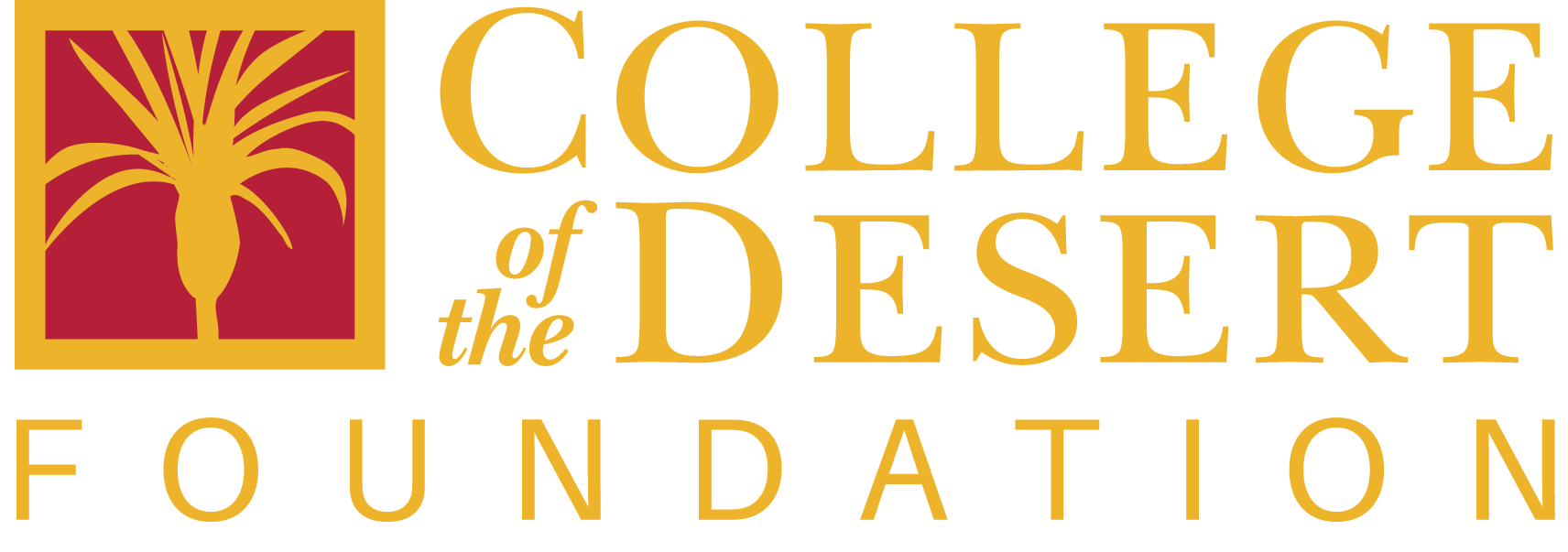NASA Program Brings Stem & Stars to Students
The great beyond is within reach for students right here in the Coachella Valley. College of the Desert is one of five colleges in the country to receive a special grant from NASA to develop their STEM classes and engage minority students.
In the Summer of 2022, COD and NASA collaborated to host the NASA Minority University Research and Education Project Innovations in Space Technology Curriculum for the third year. Dr. Ahmed ElShafie and Dr. Michael Gariety led the summer internship, developing the cutting-edge course and equipping the COD labs using hands-on STEM projects that included designing and programming a rover to perform tasks on remote planetary bodies.
Seven COD engineering students were selected to participate. Their extraordinary projects included:
- A portable satellite ground station to receive signals from National Oceanic and Atmospheric Administration (NOAA) satellites with pictures of the Earth’s surface.
- Designing, building and launching a “CubeSat” satellite over the Salton Sea to measure the sea’s immense carbon dioxide emissions.
- Customizing an environmental chamber to simulate conditions on comets, asteroids, icy satellites and planetary bodies with a goal of space travel.
The exhilarating program offered students a closer look at NASA’s unique missions and research methods and demonstrated how students can develop their talents, interests and real-world skills to become future STEM professionals and allies of STEM education.
Two of the lucky seven COD students selected for the program were Grecia Paola Siono Guitierrez and her brother, Enrique. As a senior attending high school in Mexico, Grecia had big dreams of coming to the United States to earn her undergraduate degree. Now, she crosses the border every Sunday to enter California where she resides and attends COD until Thursday when she turns around to make the trip home. While Grecia and Enrique study in the STEM program, their mom, Teresa, is learning ESL with hopes of earning her Child Development degree. The three live together in a one-bedroom unit while they encourage each other to push ahead in their education, ever closer to a brighter future.
“Our journey requires a lot of time management, losing six to eight hours a week just on the commute,” shares Grecia. “Overall, of course, it is worth it because the programs and the experiences at COD are amazing. In Mexico, the opportunities are not as great, which is why my family and I have made an effort to all come here.”
At COD, the family works and studies hard. Even with their grueling schedule, Grecia has made it a priority to devote her time to tutor other students at COD’s Mesa Center, located in the Math Engineering Science Achievement Center on campus. Her genuine excitement for circuit design and for being involved with the important aims of future space missions, along with her aspirations to pursue a bachelor’s degree in science and a Ph.D., are all aligned with her goal to eventually work for NASA.
Grecia’s passion for space and learning is larger than life. Upon her arrival at COD, she first learned about the NASA Community College Aerospace Scholars program. “NASA opportunities have not really been available for me, but Professor Perez encouraged me,” she recalls. The program forever changed her path. “I saw women that looked like me who were engineers, and I began envisioning myself right along with them.”
Throughout her years growing up, Grecia says, she often heard that women do not belong in the engineering field.. “My experience at COD has been just the opposite,” she says. “I am filled with nothing but joy, growth and positive experiences. My peers encourage me daily, and I’m truly grateful to be at COD!”
Grecia’s professors, however, have been her biggest supporters. After once receiving a poor test score, she was so discouraged that she nearly gave up. Then she received a call from Professor Perez and they talked at great length about her future. By the end of the call, he told her that one day he wants her to show him the rocket that she built. That single conversation set her back on track to pursue her career and fulfill her dream of being an integral part of NASA’s legendary achievements.
Her experience reflects the mission of COD staff and administrators, who strive to provide an enriching educational environment that supports each student as an individual.
COD is a very tight-knit community where everybody wants everyone to succeed. In Mexico, I had to fight others or endure the disappointment of them taking away big opportunities from me because they wanted it for themselves. COD is a family where we all collaborate and help each other succeed. It has truly brought the best out of me and out of my academic journey.
GRECIA PAOLA SIONO GUITIERREZ , ENGINEERING STUDENT
As she spends the hours each week making the incredible commute, attending classes, studying and tutoring others, Grecia maintains a clear focus on her short- and long-term plans. “I would really love to transfer into the University of California system,” she shares. “Maybe UC San Diego, UC Los Angeles or UC Riverside. In the future, I’d like to receive my Ph.D. at Stanford University, which I have dreamed of since I was a little kid.”
Her family, and most especially her mom, stands behind every one of her academic and professional ambitions. “She really encourages my brother and I to work hard for our dreams,” Grecia says, all while being a student herself. “She also expresses her gratitude to the COD Foundation. Because thanks to the Foundation’s scholarships and programs, I have textbooks, resources and school supplies to support my academic journey. And, thanks to the professors and staff at the Mesa Center, I have found the strength and confidence to take on great challenges, accept meaningful internships and grow as an engineer.”
The COD Foundation is proud of the resiliency, drive and optimism of our students and the accomplishments they have achieved. To learn how to support students like Grecia, Enrique and her mother, donate to a and her family, donate at CODFoundation.org, call 760.773.2561 or email the Executive Director, Catherine Abbott at cabbott@collegeofthedesert.edu.
Why is it Important for NASA to Measure Carbon Dioxide Levels Above Our Salton Sea?
The Salton Sea is a large, landlocked lake that has become a major source of carbon dioxide emissions in the Valley.
Cube Satellites are low-cost equipment with advanced sensors to accurately measure the levels of carbon dioxide in the air above the Salton Sea. The data collected by future CubeSats will play a crucial role in developing strategies to mitigate the environmental impact of the Sea’s carbon dioxide emissions and other outgassing on the Coachella Valley and Los Angeles area. It will also contribute to the scientific community and NASA to better understand the role of natural and human-made sources of carbon dioxide in the atmosphere and its impact on global climate change.
The results from this mission will provide valuable insights for policymakers and communities to make informed decisions to ensure a sustainable future for generations to come.
STEM PROGRAM WISH LIST
- 2 Week Math Intensive Academies | $2,500*
- Student Travel to STEM Conferences | $250 per student; $2,500 for 10 students*
- Professional Society Student Memberships | $25 per student; $250 for 10 students*
- STEM Student Club Resources (supplies, equipment, travel) $500 per club; $2,500 for 5 clubs*
- STEM Speaker Series | $350 per speaker; 5 speakers at $1,750*
- Science Day Community Outreach | $2,000*
- STEM Career Seek | $2,500*
- University and Government Lab Tours | $1,000 per trip, $5,000 for 5 trips *
- Innovative STEM Learning Center | $100,000
* Mesa Center will match donated funds


